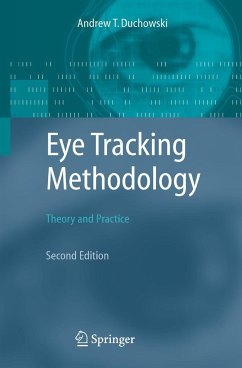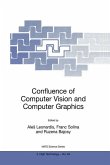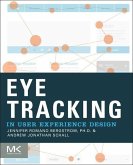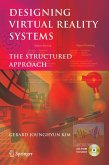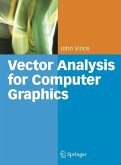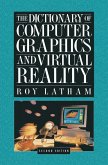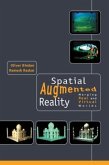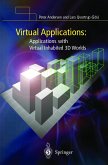Despite the availability of cheap, fast, accurate and usable eye trackers, there is little information available on how to develop, implement and use these systems. This 2nd edition of the successful guide contains significant additional material on the topic and aims to fill that gap in the market by providing an accessible comprehensive introduction.
Additional key features of the 2nd edition include: Technical description of new (state-of-the-art) eye tracking technology (new chapters 9, 10, and 11); a complete whole new Part describing experimental methodology including experimental design, empirical guidelines, and 5 case studies (new chapters 13, 14, and 15); survey material regarding recent research publications included within Part IV.
This second edition is a invaluable guide for practitioners responsible for developing or implementing an eye tracking system, as can also be used as a teaching text for relevant modules on advanced undergraduate and postgraduate courses.
Additional key features of the 2nd edition include: Technical description of new (state-of-the-art) eye tracking technology (new chapters 9, 10, and 11); a complete whole new Part describing experimental methodology including experimental design, empirical guidelines, and 5 case studies (new chapters 13, 14, and 15); survey material regarding recent research publications included within Part IV.
This second edition is a invaluable guide for practitioners responsible for developing or implementing an eye tracking system, as can also be used as a teaching text for relevant modules on advanced undergraduate and postgraduate courses.
From the reviews:
"The book provides an in-depth overview of the science and applications behind eye-tracking. ... To its merit, the content for each chapter is supplemented with further readings sections, which will allow interested readers to delve deeper in one direction or another. The book is written in an easy-to-understand language. Given its breadth, it may be most appropriate for scientists and students starting in this field. ... Overall, I found it to be a solid book on a fascinating topic." (Stefan Robila, ACM Computing Reviews, October 2008)
From the reviews of the second edition:
"The four-part structure enables you to quickly locate material suited to your background and needs; additionally, each chapter concludes with a helpful summary and discussion of further resources. ... the book does offer useful information for those interested in conducting eye tracking studies." (Eva R. Brumberger, Technical Communication, Vol. 55 (3), August, 2008)
"The book provides an in-depth overview of the science and applications behind eye-tracking. ... To its merit, the content for each chapter is supplemented with further readings sections, which will allow interested readers to delve deeper in one direction or another. The book is written in an easy-to-understand language. Given its breadth, it may be most appropriate for scientists and students starting in this field. ... Overall, I found it to be a solid book on a fascinating topic." (Stefan Robila, ACM Computing Reviews, October 2008)
From the reviews of the second edition:
"The four-part structure enables you to quickly locate material suited to your background and needs; additionally, each chapter concludes with a helpful summary and discussion of further resources. ... the book does offer useful information for those interested in conducting eye tracking studies." (Eva R. Brumberger, Technical Communication, Vol. 55 (3), August, 2008)

